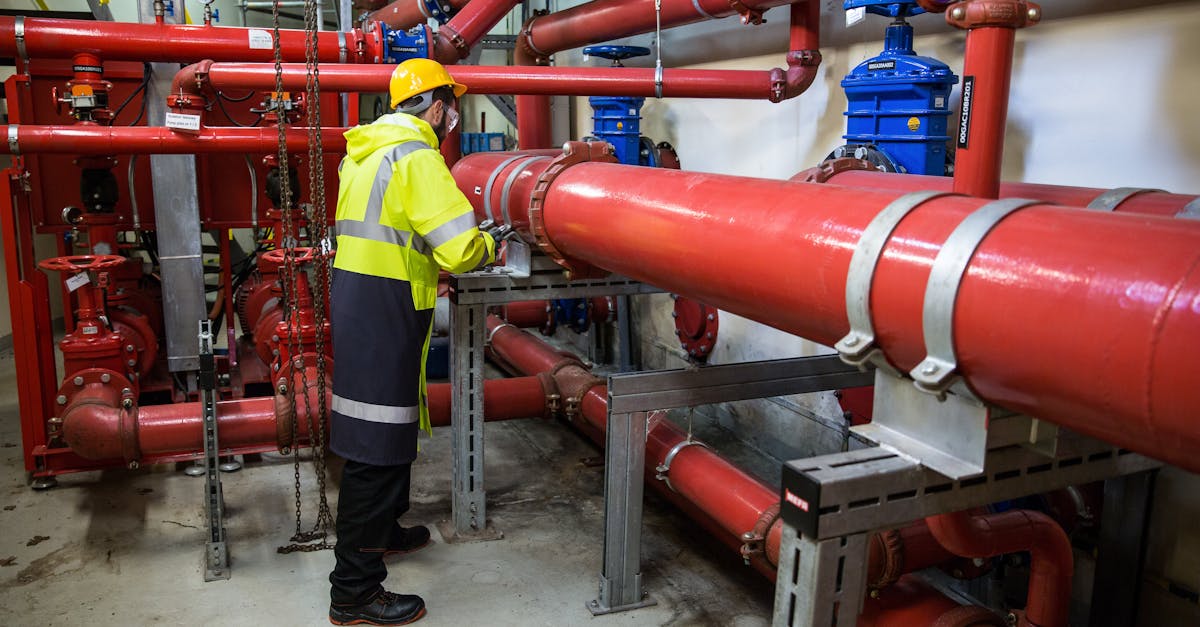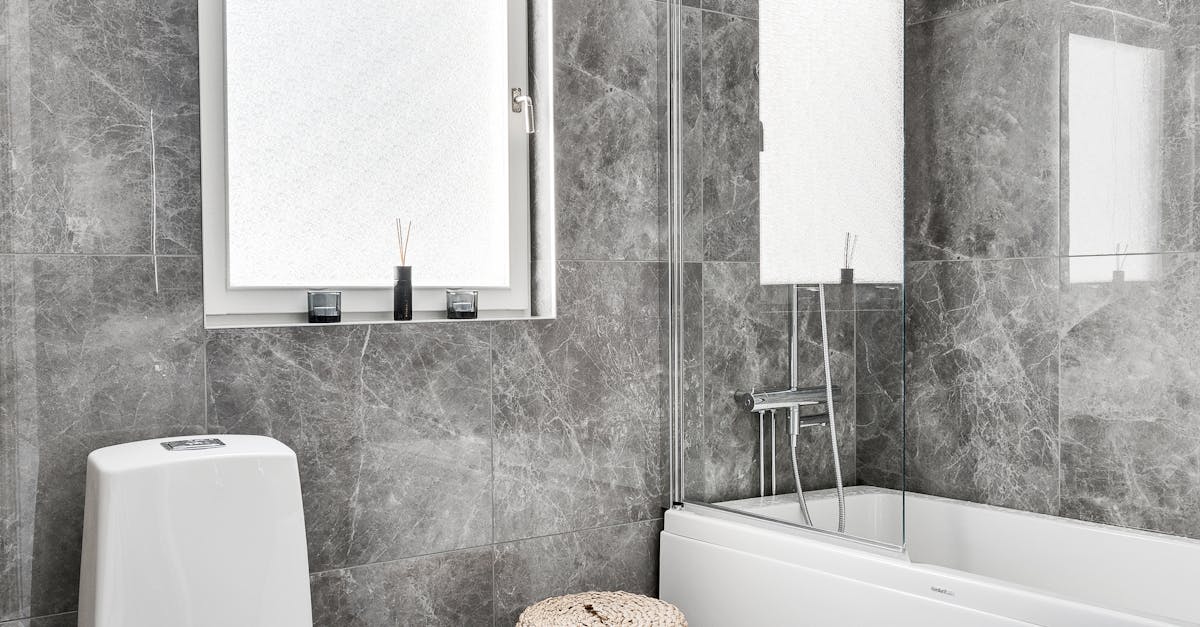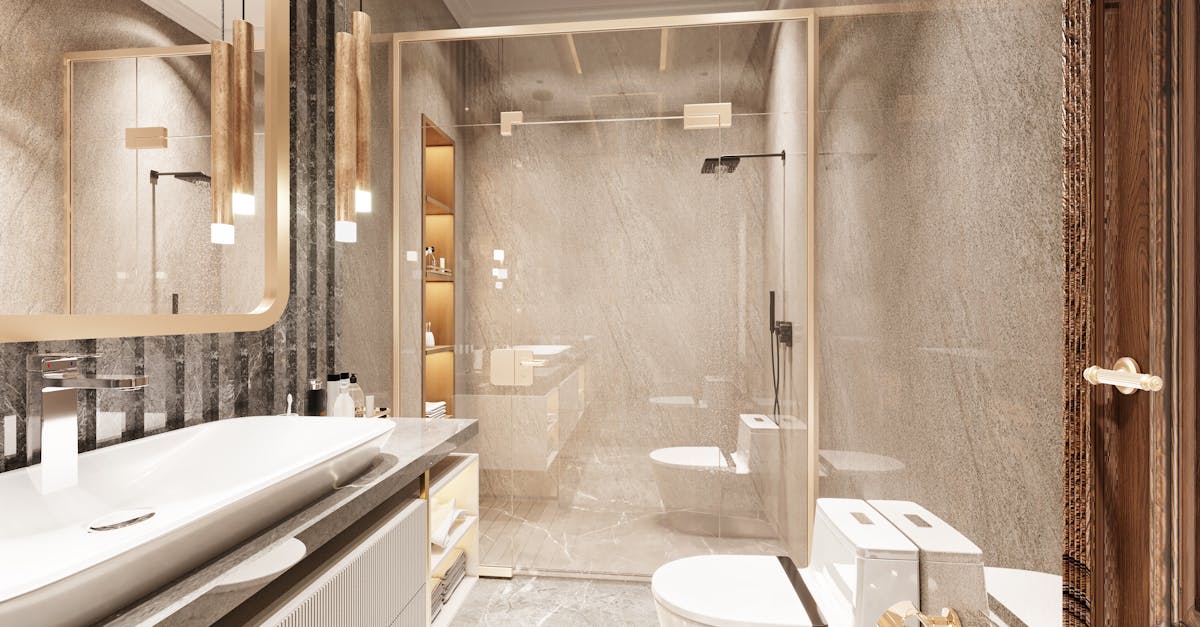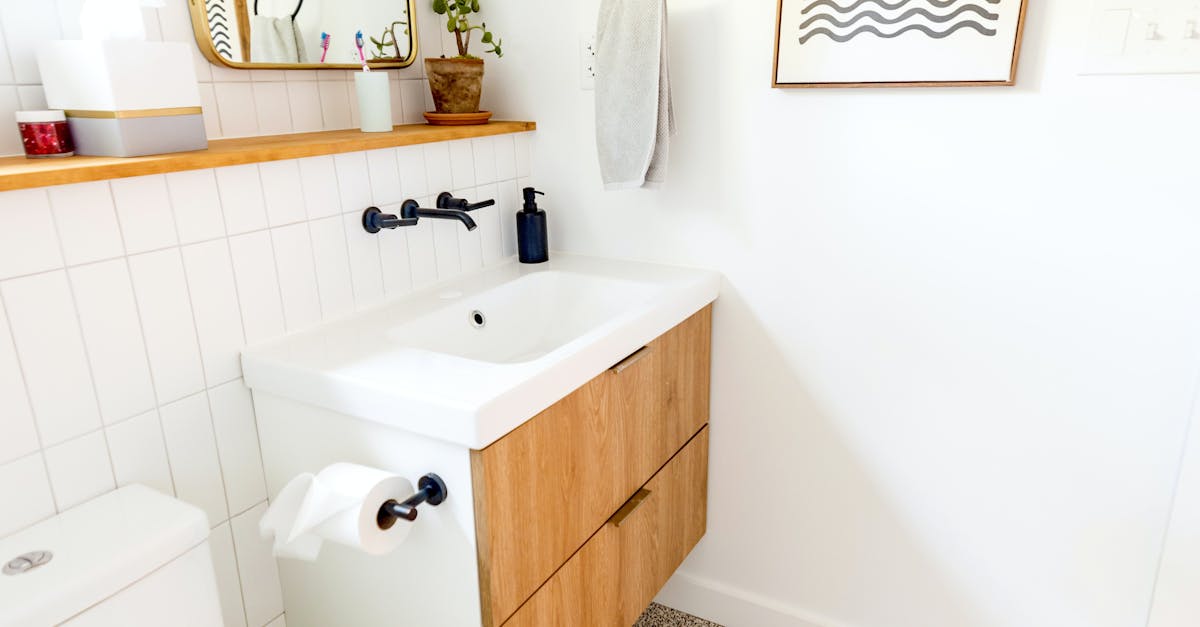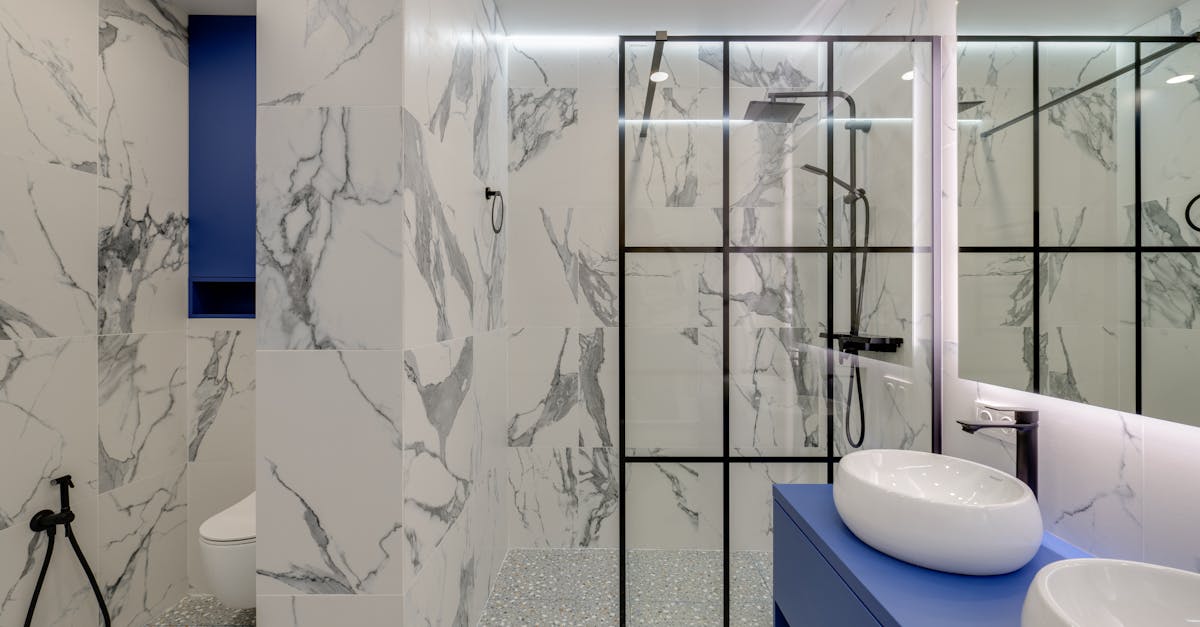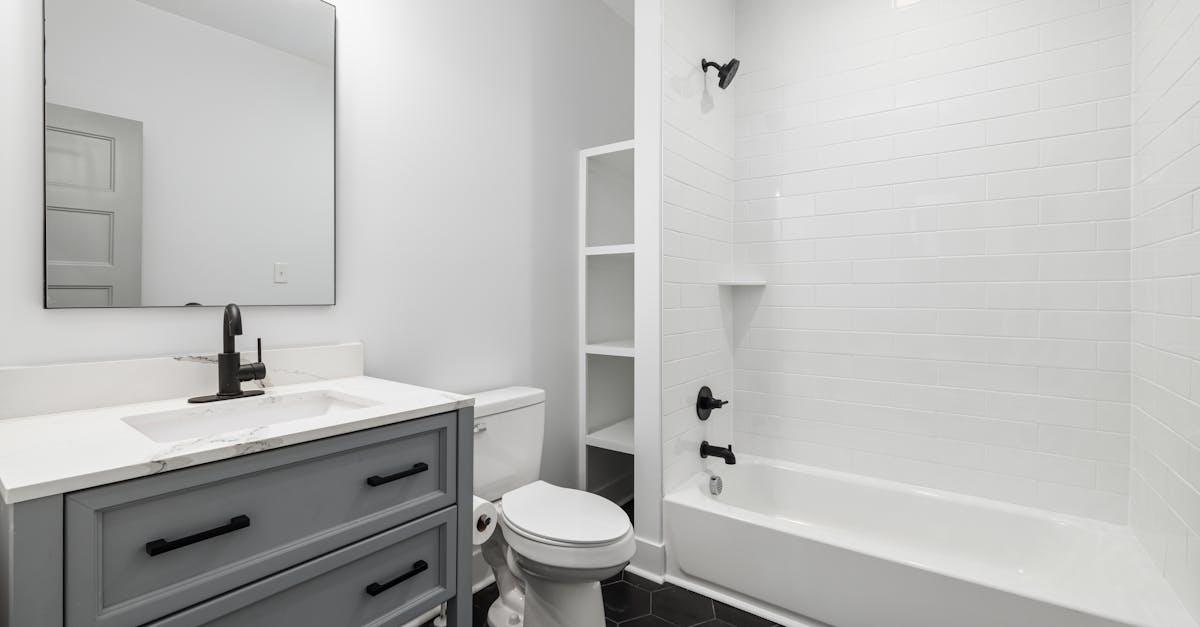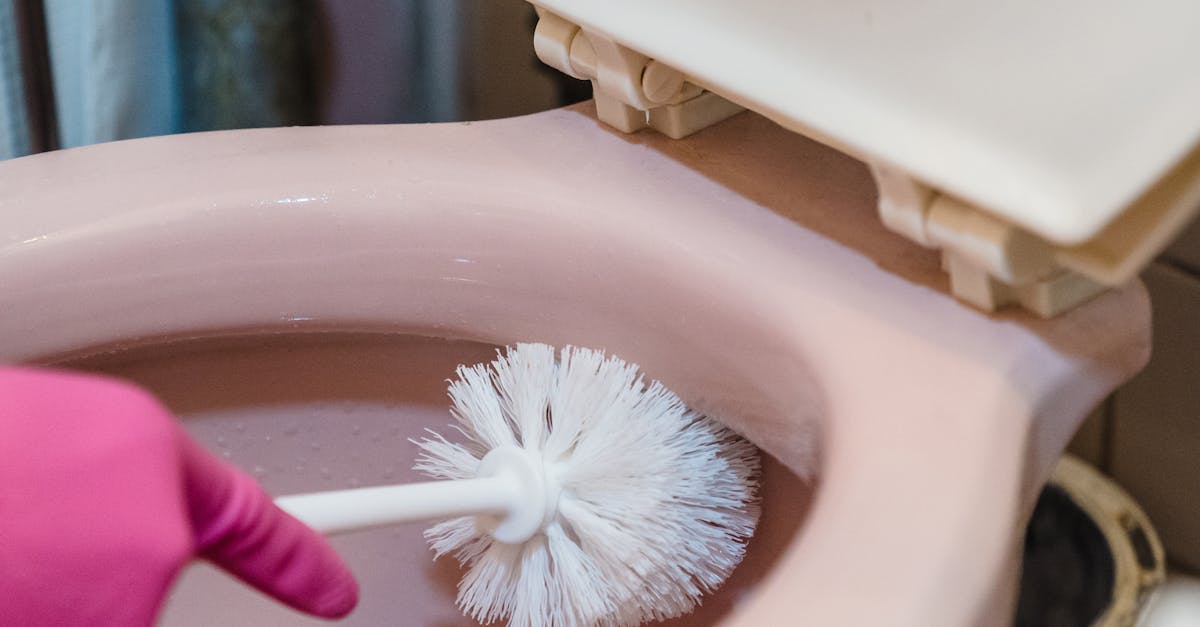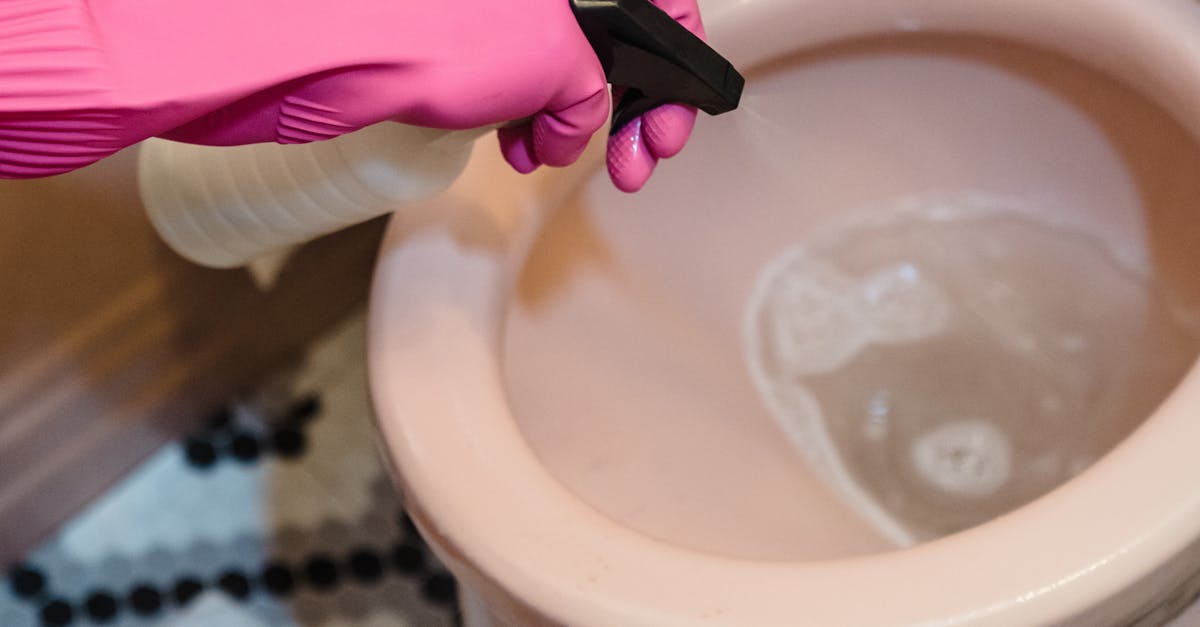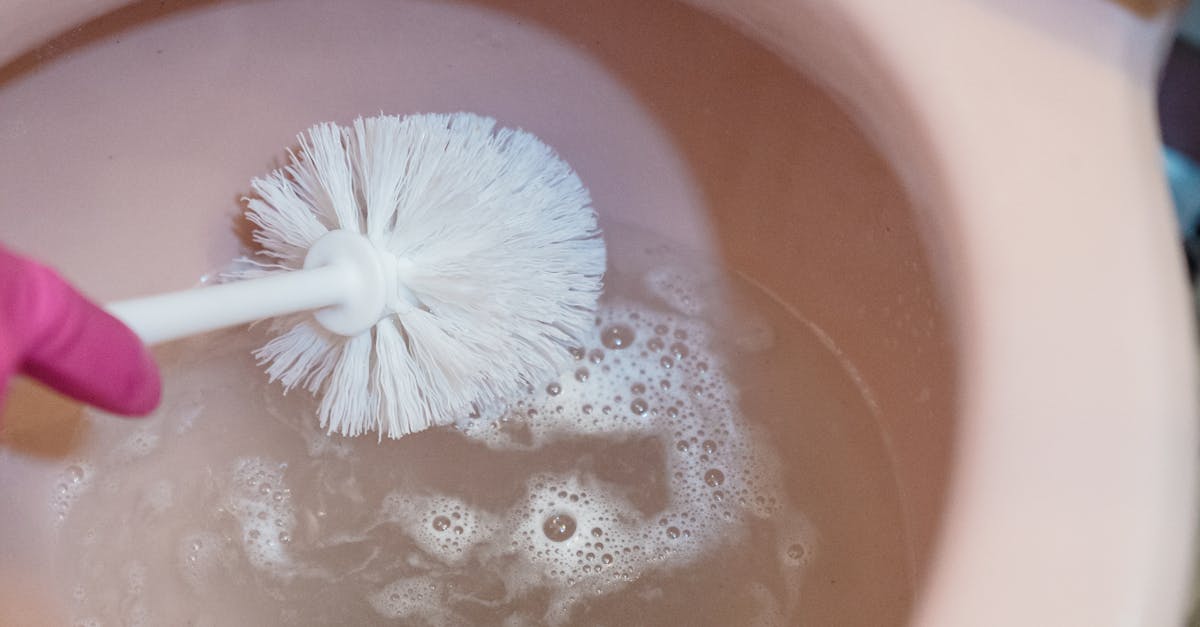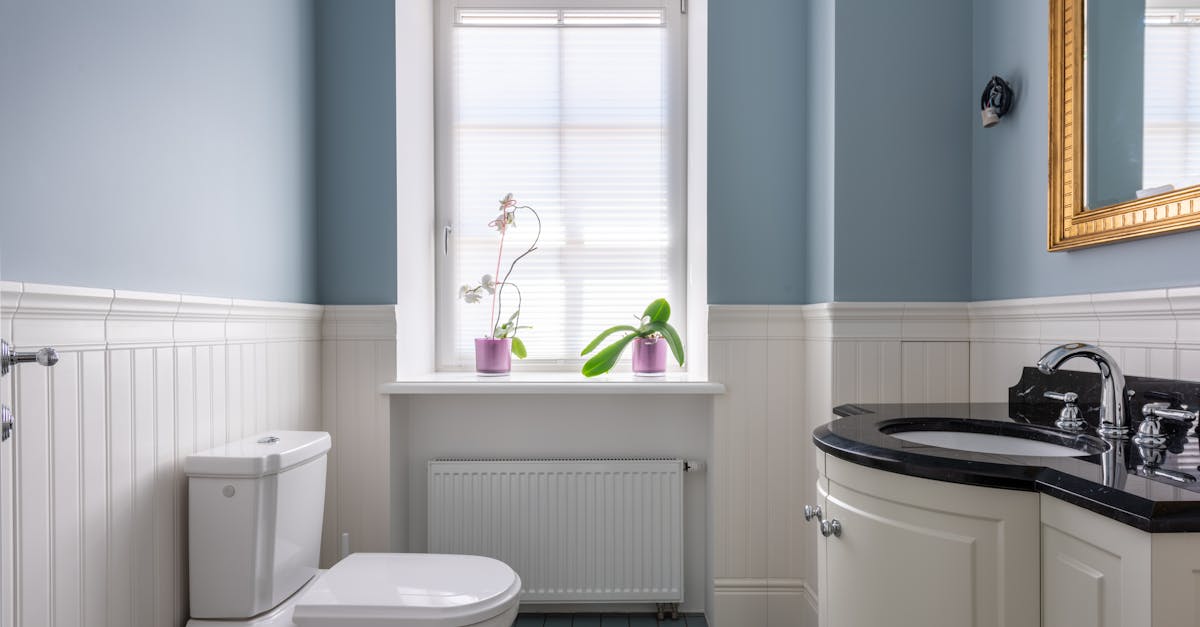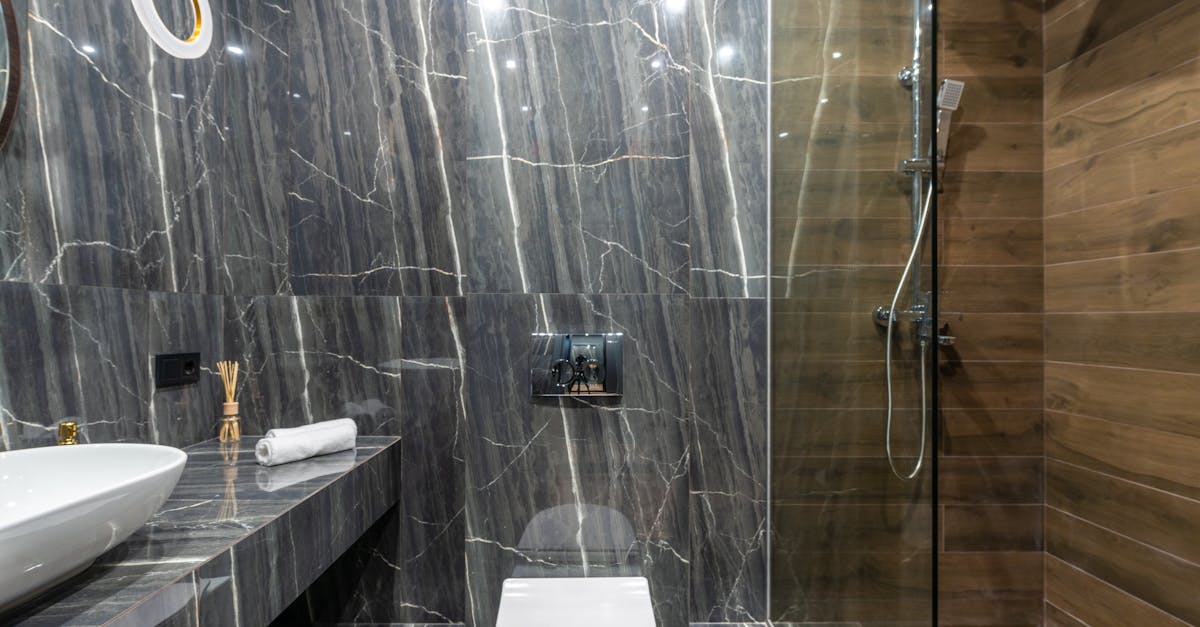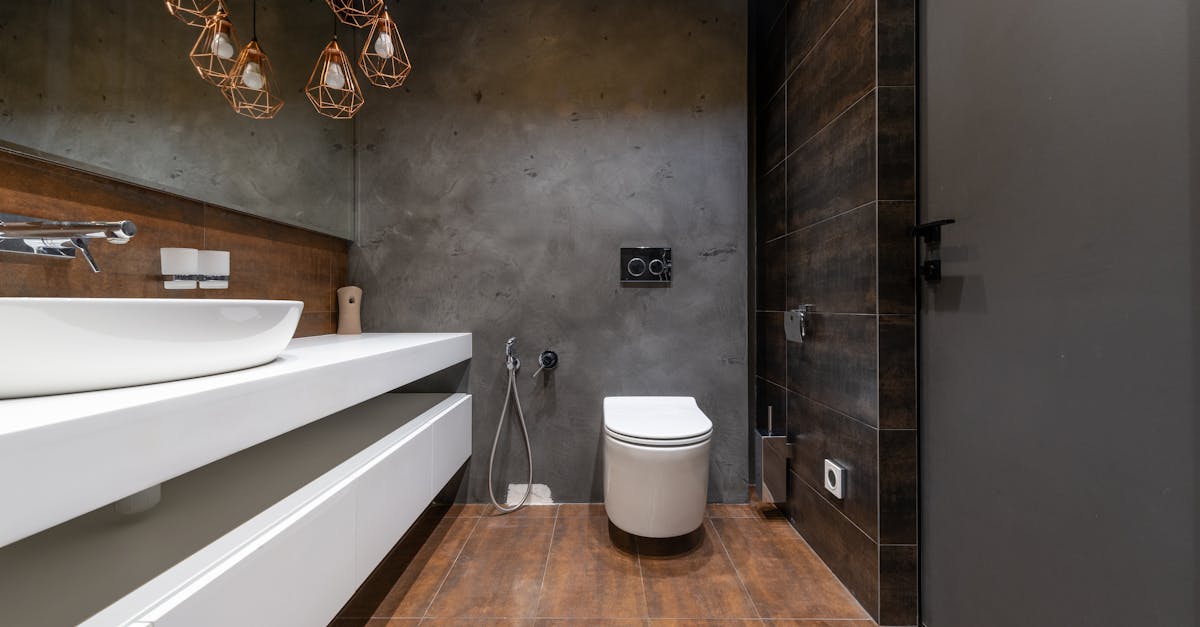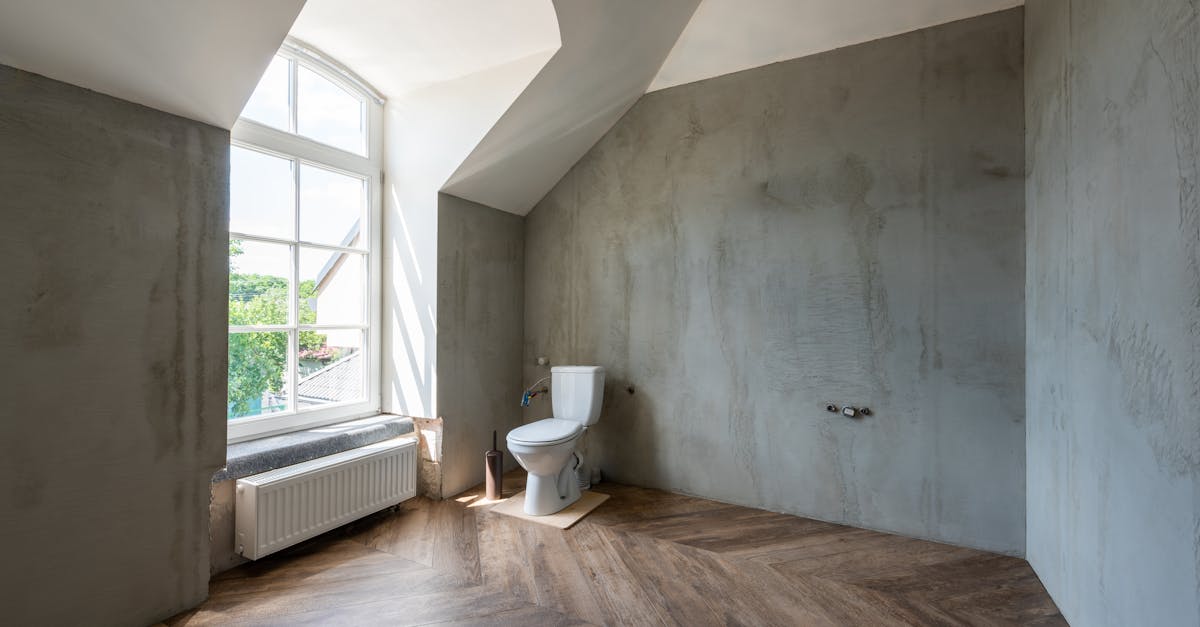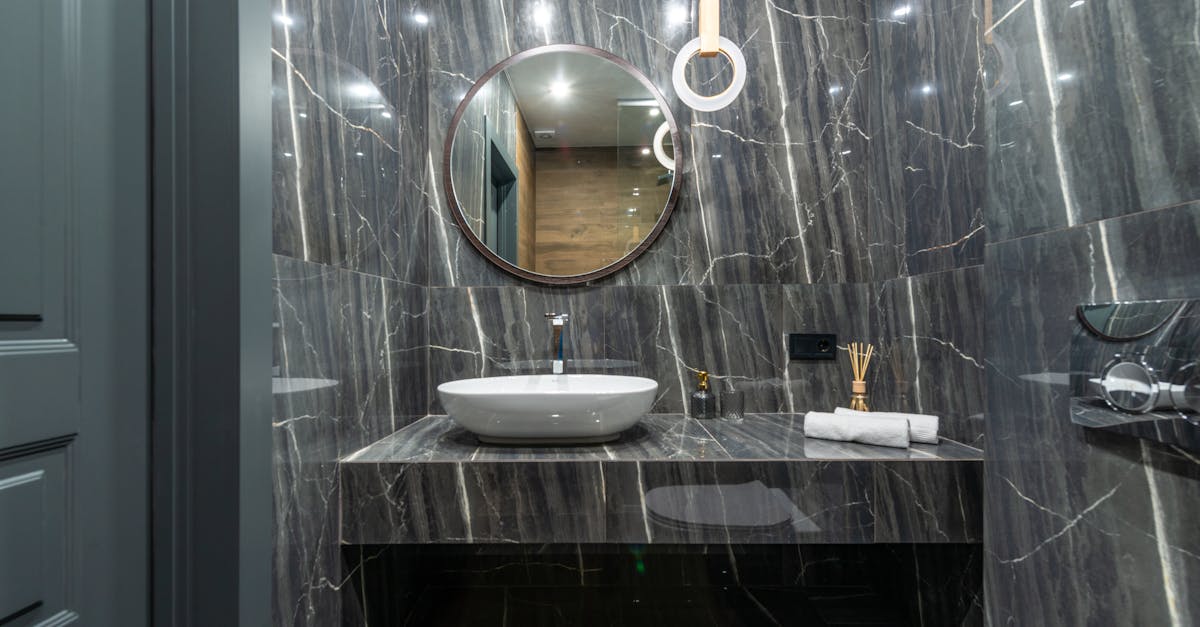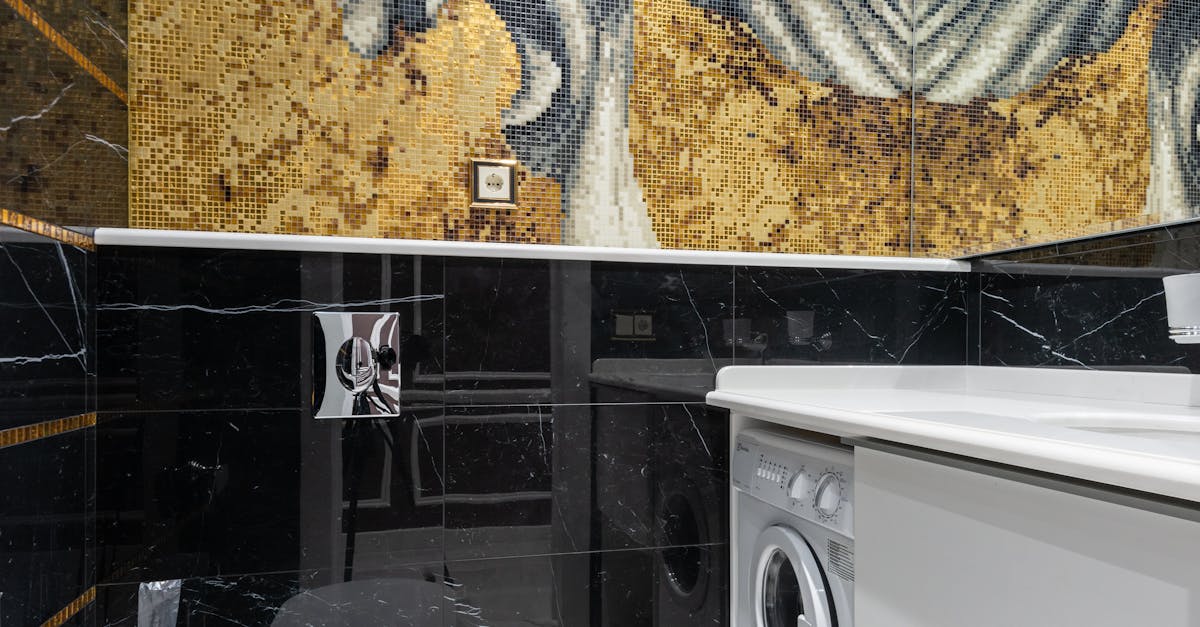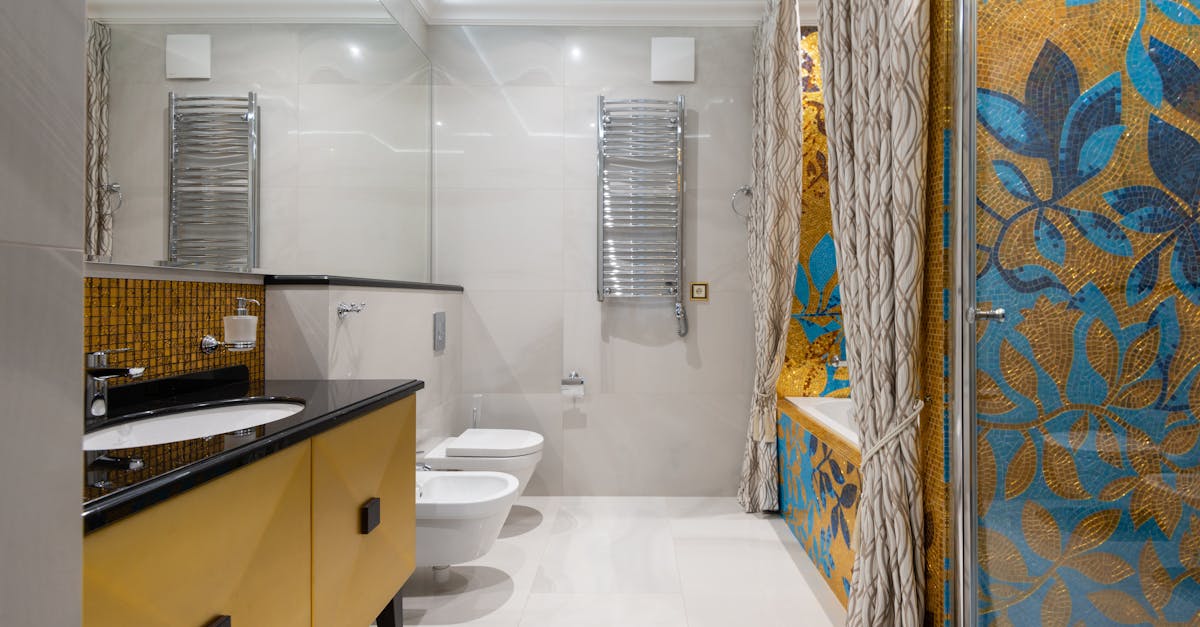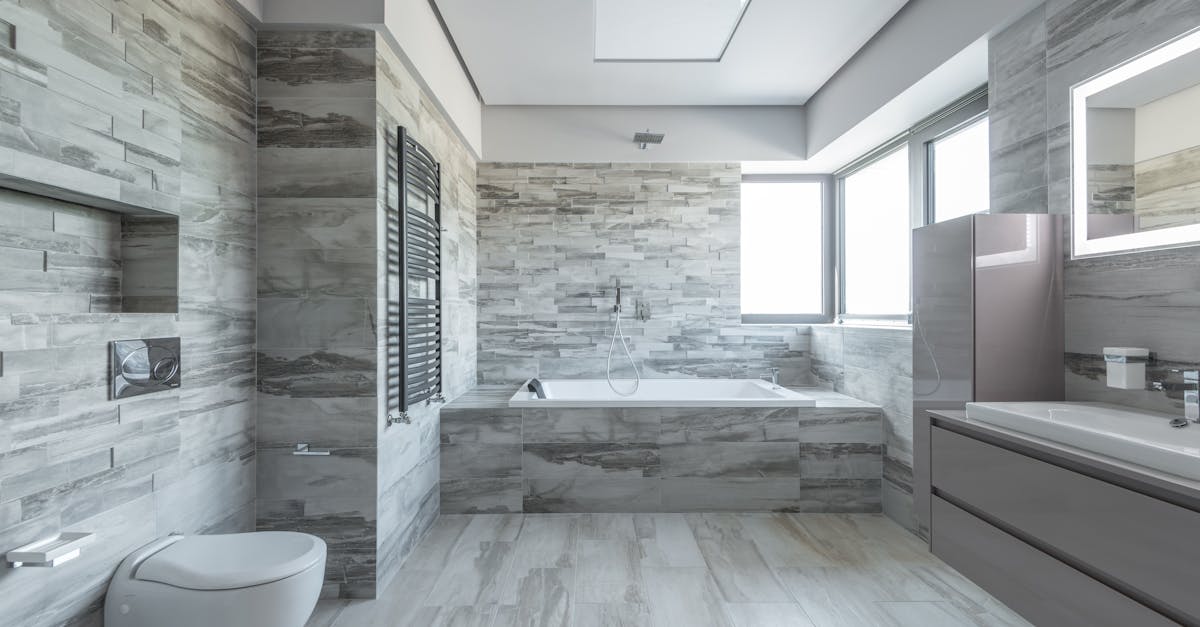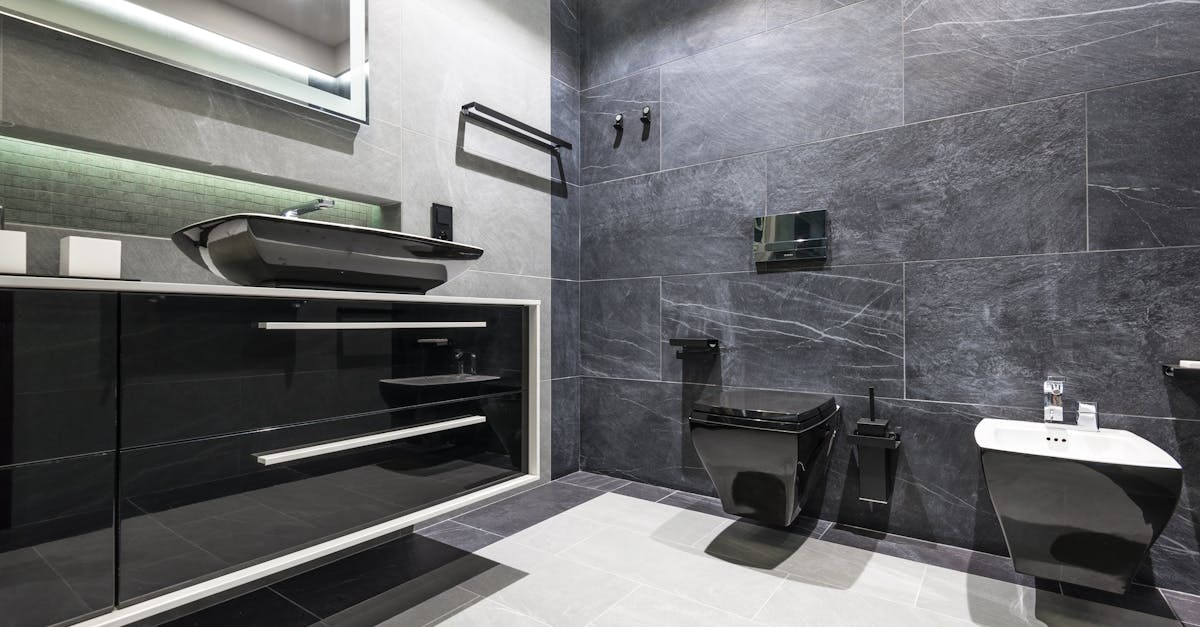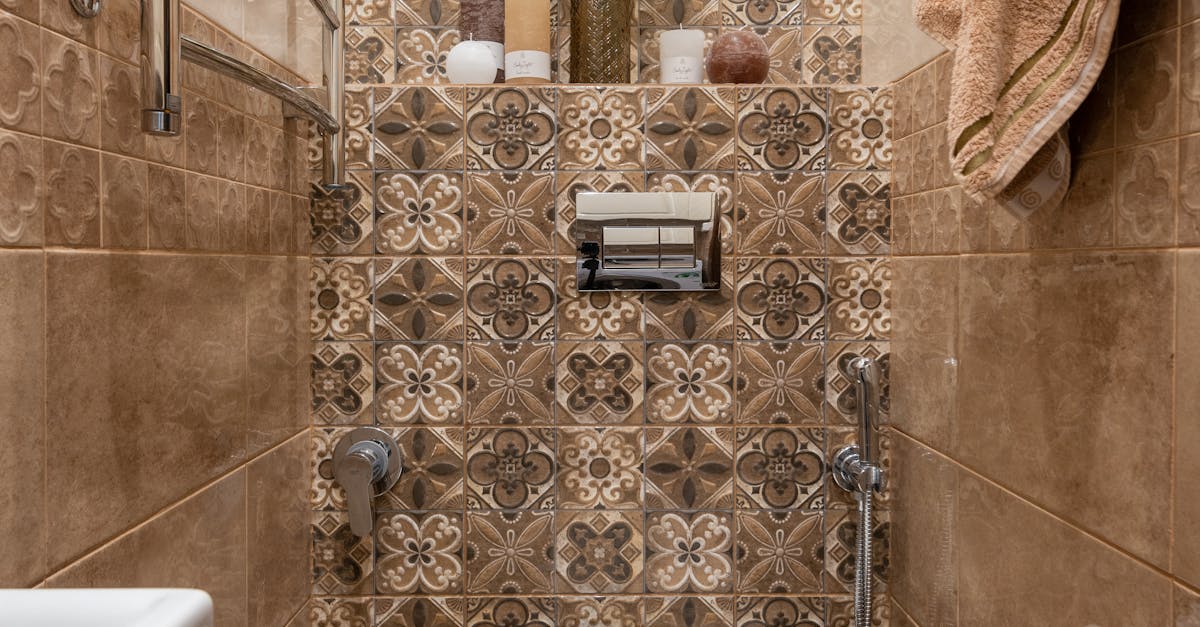
Table Of Contents
HighEfficiency Toilets
High-efficiency toilets (HETs) have gained popularity for their ability to conserve water while maintaining effective flushing capabilities. These toilets generally use less than 4.5 litres per flush, significantly reducing water consumption compared to older models. Many households opt for these fixtures not only for their environmental benefits but also for the potential long-term savings on water bills. However, like any plumbing fixture, HETs can require maintenance or toilet repairs over their lifespan, which can vary based on several factors.
The lifespan of a high-efficiency toilet can be influenced by its design, usage, and the quality of installation. Properly installed models made from durable materials tend to perform better and last longer. In some cases, users may encounter issues that necessitate toilet repairs due to factors such as incorrect flushing mechanisms or blockages. Regular maintenance and prompt repairs can significantly extend the life of these toilets, ensuring they continue to function efficiently while aligning with sustainable water usage goals.
Lifespan vs. Water Efficiency
The relationship between lifespan and water efficiency in toilets is often a critical consideration for consumers. High-efficiency toilets are designed to use less water per flush compared to traditional models, which can lead to a noticeable reduction in water bills. However, while these toilets may promote water conservation, their components can sometimes wear out more quickly if they are not engineered to handle the pressures and stresses of frequent use, potentially resulting in more toilet repairs over time.
Water efficiency also plays a role in overall maintenance. Poor water quality, including hard water, can contribute to sediment build-up and mineral deposits in high-efficiency models, impacting their functionality. This situation often necessitates more frequent toilet repairs to keep these units operating optimally. Choosing a toilet based on water efficiency should consider both initial savings and the long-term implications on maintenance.
The Role of Toilet Materials
The choice of materials in toilet construction significantly influences their durability and longevity. Most traditional toilets are made from vitreous china, a ceramic that combines strength with a dense, non-porous surface. This construction often ensures a longer lifespan, as porcelain is resistant to chipping and cracking under normal use. However, toilets made from other materials, such as plastic, tend to weigh less and are less prone to breakage but may be more susceptible to staining and discolouration over time. This can lead to increased frequency in toilet repairs if the material degrades more rapidly.
Environmental factors can also play a role in the performance of different materials. For example, toilets in areas with hard water may face accelerated wear because of mineral buildup that can stain and damage those surfaces. Proper maintenance can mitigate some of these challenges, but certain materials may require more frequent toilet repairs due to their reaction to surrounding conditions. Understanding the implications of material choice can help homeowners make informed decisions about their toilet selection and potential future upkeep.
How Porcelain and Plastic Impact Lifespan
Porcelain is the traditional choice for toilet construction, known for its durability and resistance to stains and scratches. This material has been used for decades due to its robust nature and ability to maintain structural integrity over time. Regular maintenance can help extend the life of a porcelain toilet, as it is less prone to cracks and chips compared to alternatives. When issues arise, toilet repairs are often straightforward, as many plumbing professionals are familiar with porcelain fixtures.
On the other hand, plastic toilets offer a lighter and sometimes more cost-effective option. While they may be resistant to breakage and have a more flexible design, plastic can suffer from discolouration and scratching over time. The longevity of plastic toilets may also be influenced by environmental factors such as temperature and exposure to harsh cleaning chemicals. Toilet repairs on plastic models can be more challenging, especially if the material warps or degrades with age.
Environmental Impact on Toilet Longevity
Several environmental factors can significantly influence the longevity of a toilet, particularly in areas with challenging water quality. Hard water can lead to the accumulation of mineral deposits within toilet components. Over time, this buildup may cause malfunctions, prompting frequent toilet repairs that can strain the overall system. Plumbing conditions also play a crucial role in determining how well a toilet performs over its lifespan.
Additionally, environmental conditions such as humidity and temperature fluctuations can affect the materials used in toilet construction. Extreme conditions can lead to the deterioration of seals and components, resulting in leaks and further wear. Regular maintenance becomes increasingly important in such environments to mitigate the need for toilet repairs. Homeowners should consider these factors when assessing the durability of their toilets.
Effects of Hard Water and Plumbing Conditions
Hard water can significantly affect the lifespan of a toilet. Minerals such as calcium and magnesium can build up in the tank and bowl over time, leading to clogs or reduced efficiency in the flushing system. This mineral buildup may not only hinder performance but also contribute to the need for regular toilet repairs. The accumulation can be particularly problematic in areas with hard water, where the mineral content is high, often resulting in frequent maintenance and the eventual necessity of replacing parts or the entire unit.
Plumbing conditions also play a vital role in determining how long a toilet will last. Poor-quality plumbing or inadequate drainage can lead to leaks and other issues that compromise the toilet's functionality. These problems can exacerbate wear and tear, increasing the likelihood of toilet repairs becoming necessary sooner rather than later. Inadequate water pressure or inconsistent flow can further stress the system, which may shorten the toilet's lifespan and lead to more frequent interventions by professionals.
FAQS
What is the average lifespan of a toilet?
The average lifespan of a toilet is typically between 15 to 30 years, depending on factors such as usage, maintenance, and the quality of materials used.
What factors can affect the lifespan of a toilet?
Factors that can affect the lifespan of a toilet include the type of materials used, water quality, regular maintenance, and environmental conditions such as plumbing issues and hard water.
How do high-efficiency toilets compare in lifespan to traditional toilets?
High-efficiency toilets are generally designed to last as long as traditional toilets, often around 15 to 30 years, but they can offer better water efficiency, potentially reducing long-term costs.
What materials are commonly used in toilets, and how do they impact longevity?
Toilets are commonly made from porcelain or plastic. Porcelain toilets tend to be more durable and resistant to staining, while plastic toilets can be lighter but may not last as long or provide the same level of durability.
How can hard water affect my toilet's longevity?
Hard water can lead to mineral build-up in the toilet's plumbing and components, which can cause clogs and damage over time, potentially shortening the lifespan of the toilet. Regular cleaning and maintenance can help mitigate these effects.
